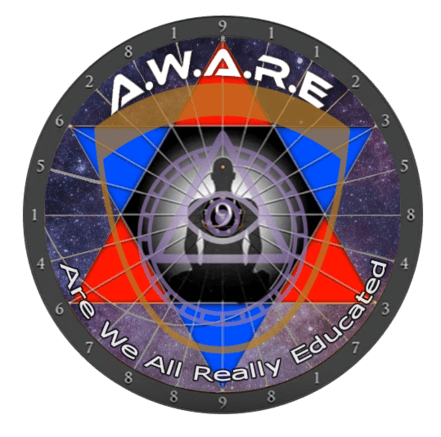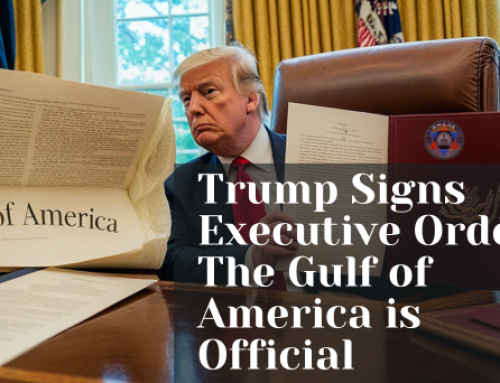In the realm of land ownership and governance, two terms that often cause confusion are “States under a Land Grant” and “States under a Land Patent.” These concepts are integral to the history of land distribution and property rights in the United States. In this post, we’ll delve into the key differences between these two categories and shed light on their significance.
States under a Land Grant:
States that fall under the classification of “States under a Land Grant” are those that were granted land by the federal government through various acts and policies, particularly during the expansion of the country towards the west. The federal government transferred large portions of public domain land to these states, enabling them to manage, sell, and develop the land for the benefit of their residents. The land grants were often given for specific purposes, such as funding education, building infrastructure, or supporting public institutions.
These states received parcels of land as part of the agreement between the federal government and the state government. Consequently, the states had control over these lands, including the authority to sell, lease, or utilize them as they deemed fit. The land grant system played a crucial role in the westward expansion, fostering settlement and development in previously uncharted territories.
States under a Land Grant:
- California
- Oregon
- Washington
- Nevada
- Utah
- Colorado
- Wyoming
- Idaho
- Montana
- New Mexico
- Arizona
- Nebraska
- Kansas
- Oklahoma
States under a Land Patent:
On the other hand, “States under a Land Patent” refer to states that were admitted into the Union with landownership claims dating back to the time before the state’s formal establishment. Land patents were legal documents issued by the federal government to individuals or entities as a proof of ownership for a specific piece of land. These patents were often issued based on land claims established prior to the state’s incorporation.
States under a land patent possess a unique historical context. These states were often part of the original thirteen colonies or territories acquired by the United States through treaties or negotiations. The land patent system ensured that existing land titles and ownership claims were recognized and protected, thereby avoiding potential disputes over property rights.
States under a Land Patent:
- Massachusetts
- New Hampshire
- Connecticut
- Rhode Island
- New York
- New Jersey
- Pennsylvania
- Delaware
- Maryland
- Virginia
- North Carolina
- South Carolina
- Georgia
- Vermont
- Maine
- Kentucky
- Tennessee
- Ohio
- Indiana
- Illinois
- Mississippi
- Alabama
- Louisiana
- Missouri
- Arkansas
- Michigan
- Florida
- Texas
- Iowa
- Wisconsin
Key Differences:
The primary distinction between “States under a Land Grant” and “States under a Land Patent” lies in their acquisition of land. States under a land grant received land from the federal government as part of their development, whereas states under a land patent had established land ownership claims prior to becoming a state.
Another difference is the time frame in which these designations were relevant. States under a land grant emerged during periods of significant territorial expansion, whereas states under a land patent typically have historical roots tracing back to the colonial era or early territorial acquisitions.
In conclusion, the difference between “States under a Land Grant” and “States under a Land Patent” is rooted in their origins, land acquisition processes, and historical contexts. While both categories contribute to the diverse tapestry of land ownership in the United States, their distinct characteristics highlight the intricate relationship between history, governance, and property rights.








What about Hawaii?
Greetings, Rayna,
We can help you get a land grant or patent in Hawaii. If you’d like more information, you are welcome to email us at allodial@areweallreallyeducated.com to inquire more details on how we can help you.
Thank you!
Are you saying if you have federal land patents in California they become a land grants. How can they change a certified copy of a patent to a grant. We owned the land before the Treaty of Guadalupe Hidalgo and before California became a state. Besides it took 29 to 32 years to have the patent issued with authority 9 stat. 631.
Greetings, Ed,
Each state is different and depending on the state, your allodial title might be a land patent or a land grant.
California State is under a land patent being that the BLM has access to the original land patent. Having this extra layer of added protections means that you completely own your land as you do not own it especially if there is a lien on it by the state.
Feel free to contact us for more information. Peace and blissings!
Is washington state the same way? You can only get a grant and not a patent? Does a grant still determine ultimate ownership?
Greetings, Kevin,
We can help you obtain a land patent for Washington state. Please email us at allodial@areweallreallyeducated.com for more information. If your home has lien on it, unfortunately, you wouldn’t qualify for the Land Patent process. Having your home free and clear with the land patent is the path to having ultimate ownership along with protecting your home inside a trust.
Hello. My family farm in Montana was established prior to statehood, I believe, back when it was Montana territory. Would that be a land patent? Also, can my residence in Washington state gain a land patent when I still have a mortgage but no other liens? Thank you in advance.
Greetings, Laurie,
Thank you for reaching out. Yes, if your family farm in Montana was established prior to statehood, it is quite possible that it could be associated with a land patent, especially if the original ownership dates back to when it was part of the Montana Territory. As for your residence in Washington, while it is possible to work toward a land patent, having an existing mortgage can complicate things. Typically, mortgages and land patents are handled separately, and you would need to address the mortgage situation before completing the land patent process. I’d be happy to discuss this further in detail if you’d like to explore the process!
We just had one of our reps reach out to you by email to discuss this further.
Peace and blissings~ ⭐